Note: In connection to this psychoanalytical anime series review unlike my previous review of Gatchaman Crowds this review will contain spoilers since this is a psychoanalysis into the anime series, Gatchaman Crowds.
Based on my observations, part of the reason, why Gatchaman Crowds may have turned out to be an unappreciated anime series during its initial run and even soon after its run is many people who saw the phenomenal anime never really grasped the series in terms of the messages, the series, was trying to impart. The series does not have but one message but messages as in plural.
True fact: I hate people with Hajime’s personality in real life who are uber enthusiastic and overly optimistic but I could still appreciate the anime character, Hajime. I don’t know. It is amusing!
The very first one that comes up and makes this an anime series a cut above the rest in anime despite not being an anime “classic” is when Hajime challenges Sugane’s worldview about his surroundings. In his view, that some people are not all that sensitive to others. And while that in itself is kind of the guy, he, easily forgets that he himself is disregarding the possible inner struggles of others with his idealistic way of thinking. It is idealistic that people should give up their seats up for other people in public transportation; for example the idea that an older gentleman should give up their seat for a tired young high school girl. Everyone deserves the same consideration. And who knows perhaps that same gentleman deserves that seat because maybe he had a terrible day at work and is tired. What I am getting at now is this is a most trusty, life lesson of a consideration of others despite class, gender, age, or whatever differences.
The next message and that somehow creatively ties into a basic consideration for others is that generational gaps exist. In any age, they are gaps such as people who cannot comprehend the outlook of the younger generation. Example: Millennials vs. those born before Millennials. In the anime this is portrayed by how much of the havoc that is wrecked by society is due to the fact that many older people are usually fearful of the social media called GALAX in the anime. For those who saw the anime, many, of the younger characters were usually at ease with utilizing GALAX but not so the more elderly people. So when Berg-Katze attacked everyone they all later started to get united under the joint belief that perhaps the younger generation is not so alien as they first thought.
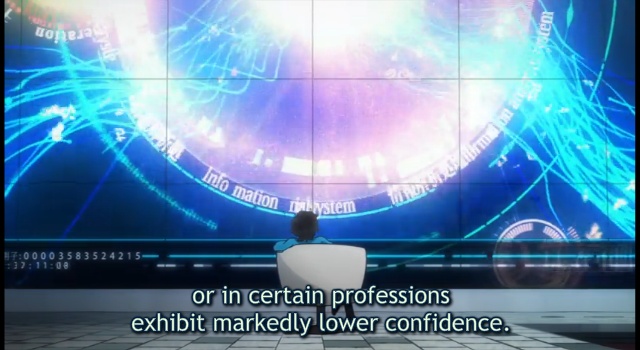
All photos gained from Crunchyroll.
While generational gaps are undeniable we can always try to be a little understanding. Though I would like to state for the record that, no matter what, we can never truly empathize perfectly with others or a group unless we are part of a certain subset of a generation. We can sympathize but not empathize. Sympathizing holds the meaning of you understanding where someone or a group is coming from whereas, empathizing, holds the value of you understanding where a group or individual is coming from but also sharing their feelings. Something that can only be achieved from having gone through the same or similar experiences. Stating we completely understand one another or a group would be arrogant. Still when somewhat of an understanding or compromise is reached by the characters in the anime there then existed a possibility of growth for innovation and deeper connections with each other.
Finally, the last and overarching message that the anime Gatchaman Crowds was trying to depict is that social media as seen by the older generation who did not grow up with laptops and fancy technology need not be a bad influence. Like anything in life developed by others, we (younger adults and even the older generation), can always choose to utilize said social media in a positive way. It becomes a bad influence when you make it so but it need not be so. It can have the power to inspire, bring others close, or even fill basic necessities, like for example: online shopping. This last message of social media not being an evil and only being influenced by those behind it can also sort of tie back into generation gaps. After all, all the characters, who are older in the anime see that their uncooperative way of thinking about the younger generation made no common sense. If anything this caused a division between generations and if there is anything to learn in life is that we are stronger together than divided.
All of this I found to be vastly intelligent with regards to the anime series and secretly sneaky, in trying, to sneak these messages into the story.
Hail, the beauty of the unconventional animation style of Gatchaman Crowds! If you can’t find beauty in the animation. I would rather not know you.
***
While I do not agree with The Canipa Effect‘s review of Gatchaman Crowds 100% since I was completely engrossed with the anime series from Episode 1 (fast pacing is not everything), his review, has some merit.
Gatchaman Crowds | Anime Review | “Let’s Have Fun… and Save the World” by The Canipa Effect
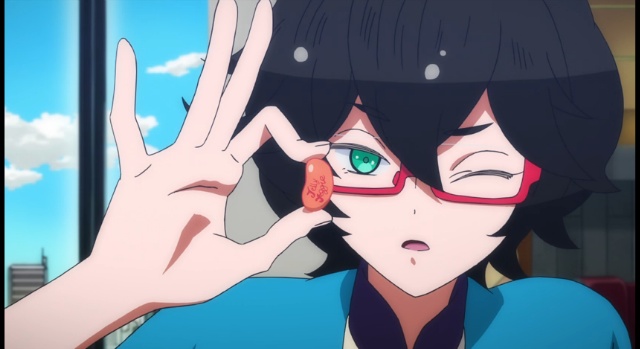


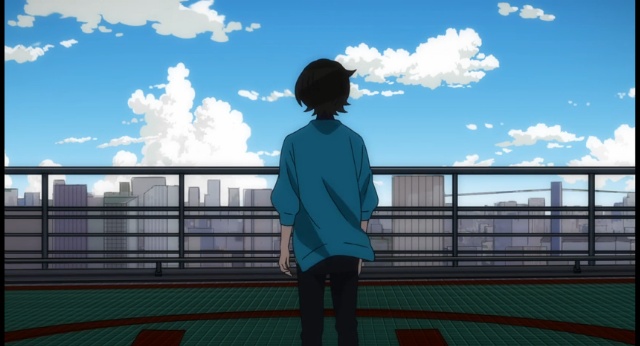
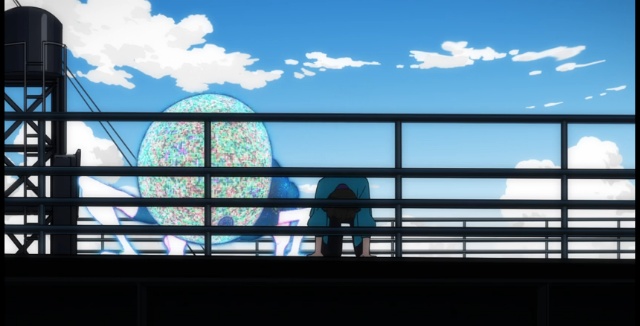
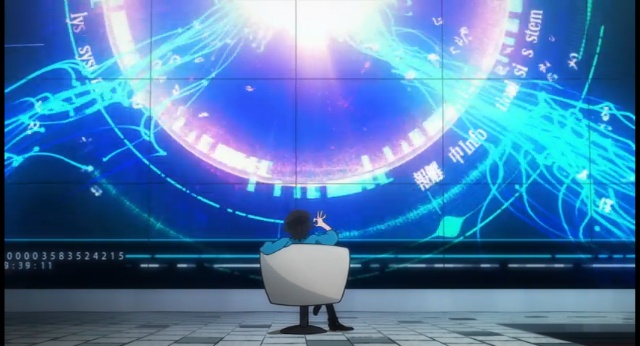
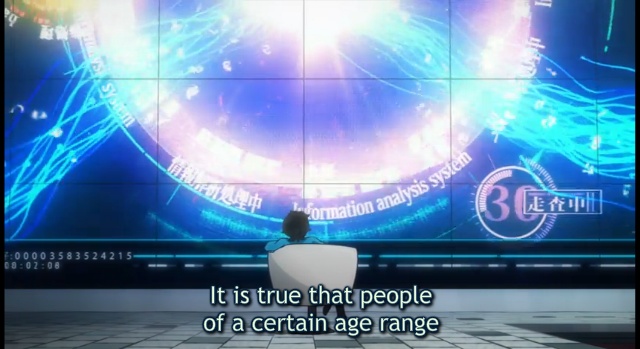



“Sneaking” messages into a story is great 🙂 it’s when they get preachy that I start to struggle. Great post!
LikeLiked by 1 person
Yes, super strong messages in anime can get to be too overpowering. This anime interestingly enough was labeled just that! Perhaps the messages in the story were interpreted very strongly and that is why it has been called too political. That might be what you meant?
LikeLike